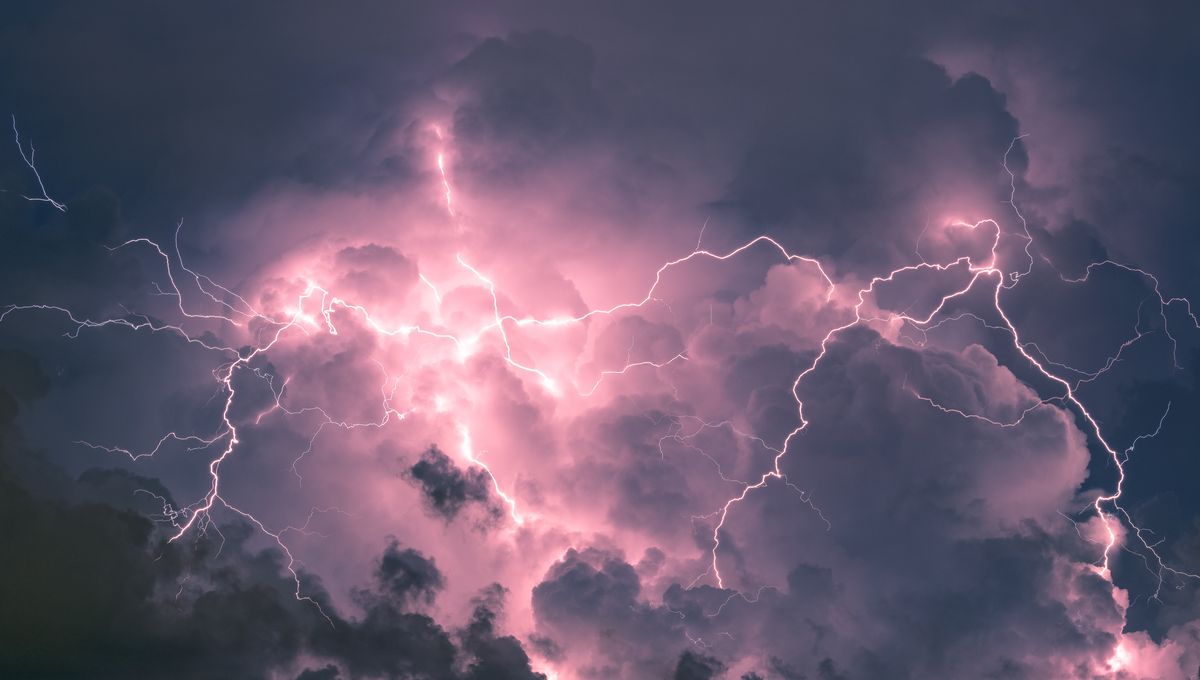
Ball lightning is one of those phenomena that could very easily be made up. A floating luminous sphere of plasma that can sometimes explode with no clear explanation, often seen as a marvelous and beautifully eerie event and in other descriptions as a tremendous portent leaving death and destruction in its wake. Also, the explosions left behind a smell of sulfur.
Doesn’t it sound like some sort of fantasy or sci-fi creation? But the consensus is that these ball lightning are very real albeit extremely rare. More annoyingly, it is not exactly clear how they form.
The phenomenon in itself is associated with electrical storms similar to but completely unrelated to another peculiar phenomenon known as St. Elmo’s Fire. Balls of plasma have been created in the lab in multiple ways, which have strengthened the case for the existence of these events when all we had were witness accounts. But there is no reason to assume that any mechanism discovered in the lab is the one happening in nature.
A Scientific Video Of Ball Lightning
The best explanation for it, as well as the best scientific observation, comes from a paper from almost a decade ago. Researchers at the Northwest Normal University in Lanzhou, China, had set up a camera and spectrometer to study lightning and its composition in the Qinghai Plateau. The region has frequent lightning and in July 2012, a lightning strike was seen leaving a floating sphere behind, which you can see in this video here.
That is an example of ball lightning. The video recorded is from 900 meters (2,953 feet) away and shows a glow of about five meters (16.4 feet). The actual ball lightning is expected to be smaller than that. On top of seeing the event on camera despite the distance, it’s the spectrometer that is interesting. The instrument analyzed the chemical composition of luminous objects, and researchers could tell that the ball contained silicon, iron, and calcium.
These are elements abundant in the soil, suggesting that ball lightning is the result of regular lightning hitting the ground and vaporizing the soil. The vapor of silicon interacts with oxygen in the air, creating heat and glowing. This scenario is consistent with one possible hypothesis of how ball lightning can form. But other hypotheses exist, and maybe there are more ways than one to make this type of lightning.
Seeing A Ball Lightning
The researchers were not able to see how far from the ground the ball lightning was, but it floated about for 10 meters (32.8 feet) horizontally before climbing about 3 meters (9.8 feet). In general, it is very difficult to observe the phenomenon unless you are very close. And being close is risky, with several historical reports of injuries and even death.
“The brightness of ball lightning is typically given by witnesses as comparable to that of a 100 W lamp. In daylight conditions, it would be difficult to view it from much of a distance. It is often reported fairly close to the ground, so obstructions would also limit the distance over which it could be observed in an urban environment,” Mark Stenhoff, who wrote a book on the phenomenon of Ball Lighting in 1999, told IFLScience.
There are many unknowns still surrounding the mysterious phenomenon. Possibilities continue to be floated about, just like ball lighting before it dissipates.
All “explainer” articles are confirmed by fact checkers to be correct at time of publishing. Text, images, and links may be edited, removed, or added to at a later date to keep information current.
Source Link: What Does Science Know About Mysterious Ball Lightning?